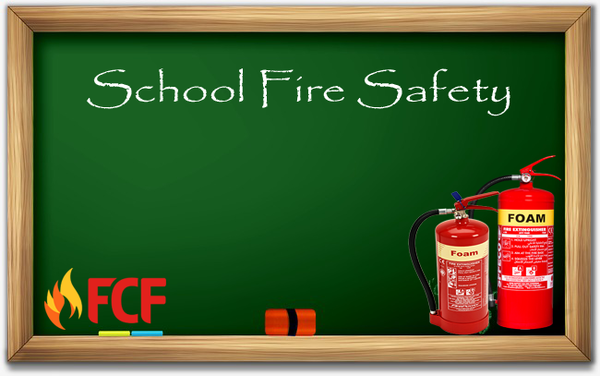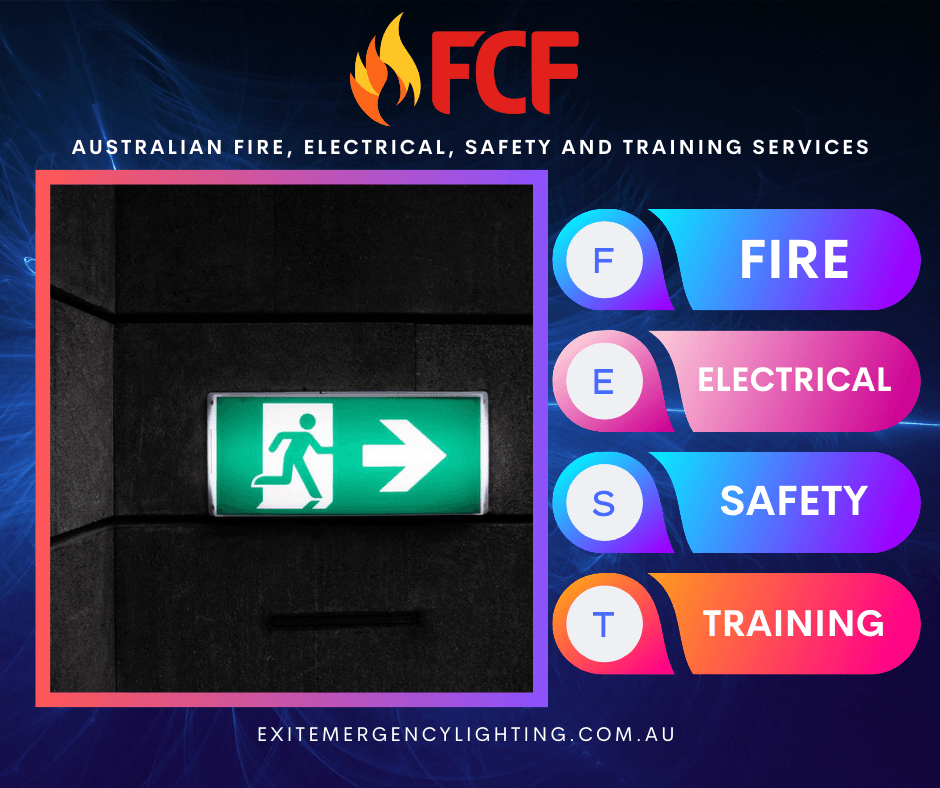How Fire Prevention Should Be Taught To Students
)
Educating and preparing students for a fire emergency should not be the only priority, but also educating them on fire prevention. A lot of students do not know how to respond to fires, and might even hide from them, without getting out to safety. But if trained basic fire safety and how to respond in the event of a fire, they will be able to protect themselves.
Teaching them fire prevention, fire safety skills and specific strategies for emergency situations can help keep them safe. It's important to take fire safety very seriously and to take careful measures to avoid the outbreak of fire in schools.
Fire Prevention In School
- Check electrical appliances Any devices in a building that have a plug should be checked periodically to ensure they are in good working order. This includes any electrical tools and appliances, even those brought in by teachers that don't necessarily belong to the school.
- Check all fire safety equipment In compliance with fire safety legislation all school buildings must be equipped with a sufficient number of fire extinguishers and other fire safety equipment. Install detection systems such as heat detectors, smoke detectors, and alarm systems, among others. It's important that this equipment is maintained and checked regularly.
- Implement a fire-free zone Prohibiting flammable materials in certain areas of the facility. Have a designated area for teachers who smoke, equipped with the appropriate cigarette disposal containers. This will avoid cigarette butts being neglected in places where a fire could break out.
- Signs for safety Have fire safety signage in any installation e.g. showing the direction of the exits and location of extinguishers. Ensure that your school has the correct and sufficient signage to direct people to fire extinguishers and fire exits. Each classroom should have a map showing the path to take from that classroom should an incident occur.
- Have an escape plan Even with the proper checks and policies in place, accidents can and do happen. If a fire were to break out at school, is everyone aware of the procedure to escape or evacuate? Additionally, is all the emergency lighting operational, and are the fire escape stairs always clear? Put in place a Fire Action Emergency Plan so that students and teachers know what to do in case a fire breaks out and carry out periodic or regular fire drills or evacuation drills.
- Proper storage properly stores or use hazardous materials that may be needed inside the building or the schools for storage or operational requirements.

Fire Safety Education Program
- Conduct expected and unexpected school fire drills in which everyone participates
- Inspect exits regularly to ensure stairways, doors and windows are unblocked and working properly
- Train students on how to respond to a fire alarm during a school fire drill
- Know locations of the fire protection system, fire alarm pull stations and sprinklers
- Make sure every room has a map showing 2 exits
- Pair students with specific needs to an adult or classmate for extra assistance
- Have a predetermined location where students know to meet once they exit the building and practice during a school fire drill
- Have a roster to ensure every student is accounted for
- Encourage parents to practice home fire drills, and prepare them in the event of a residential fire
If we perform the above-mentioned precautions, we shall have fewer fire outbreaks. It's everyone's duty to ensure that fire prevention and safety is adhered to.
Students need to be trained by firefighters on how to use some of the fire fighting equipment like fire extinguishers, taking notice of virtually any electrical left unattended and candles not blown out. School authorities must ensure that they repeatedly inspect the electric wiring of the premises. In addition, they need to develop a lifestyle of fire safety. Disconnect electric appliances when not used, use cords within their marked ratings, and replace broken or even outdated electric cords.
Being prepared is the best way to protect students from a fire. So know the rules of fire prevention, stock your School with fire-safety items, and make sure your students know what to do in a fire. A few minutes of planning now may save lives later on.

)
)
)
)
)
)
)
)
)
)
)
)
)
)
)
)
)
)
)
)
)
)
)
)
)
)
)
)



